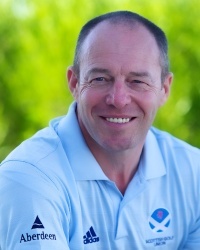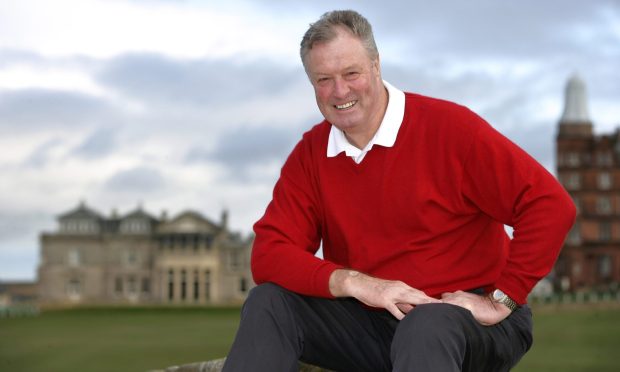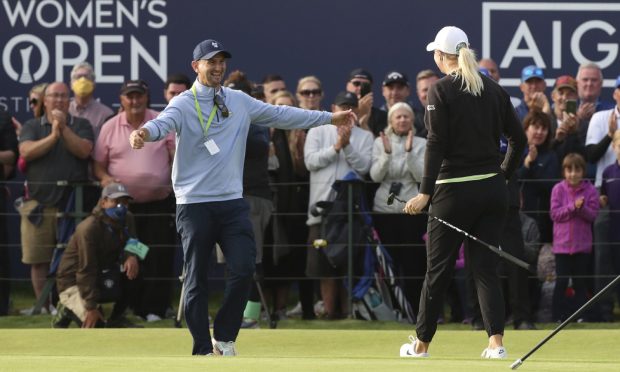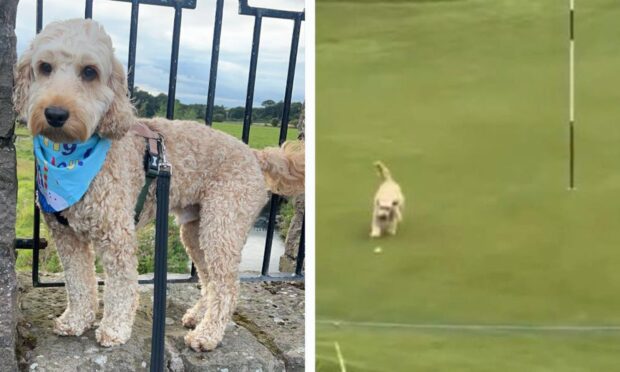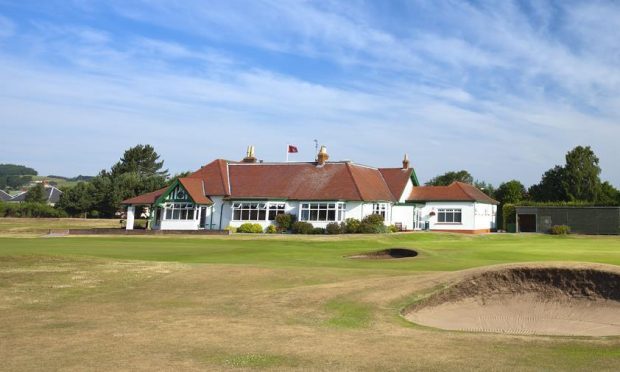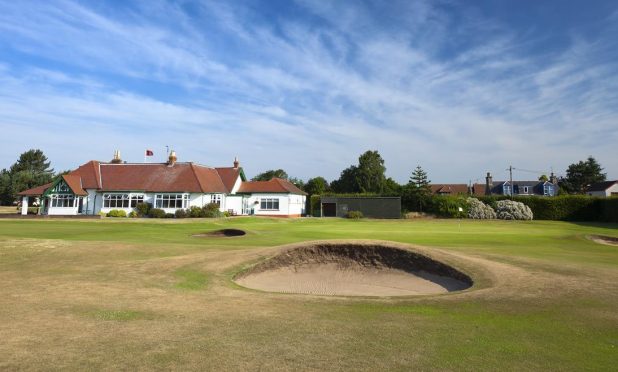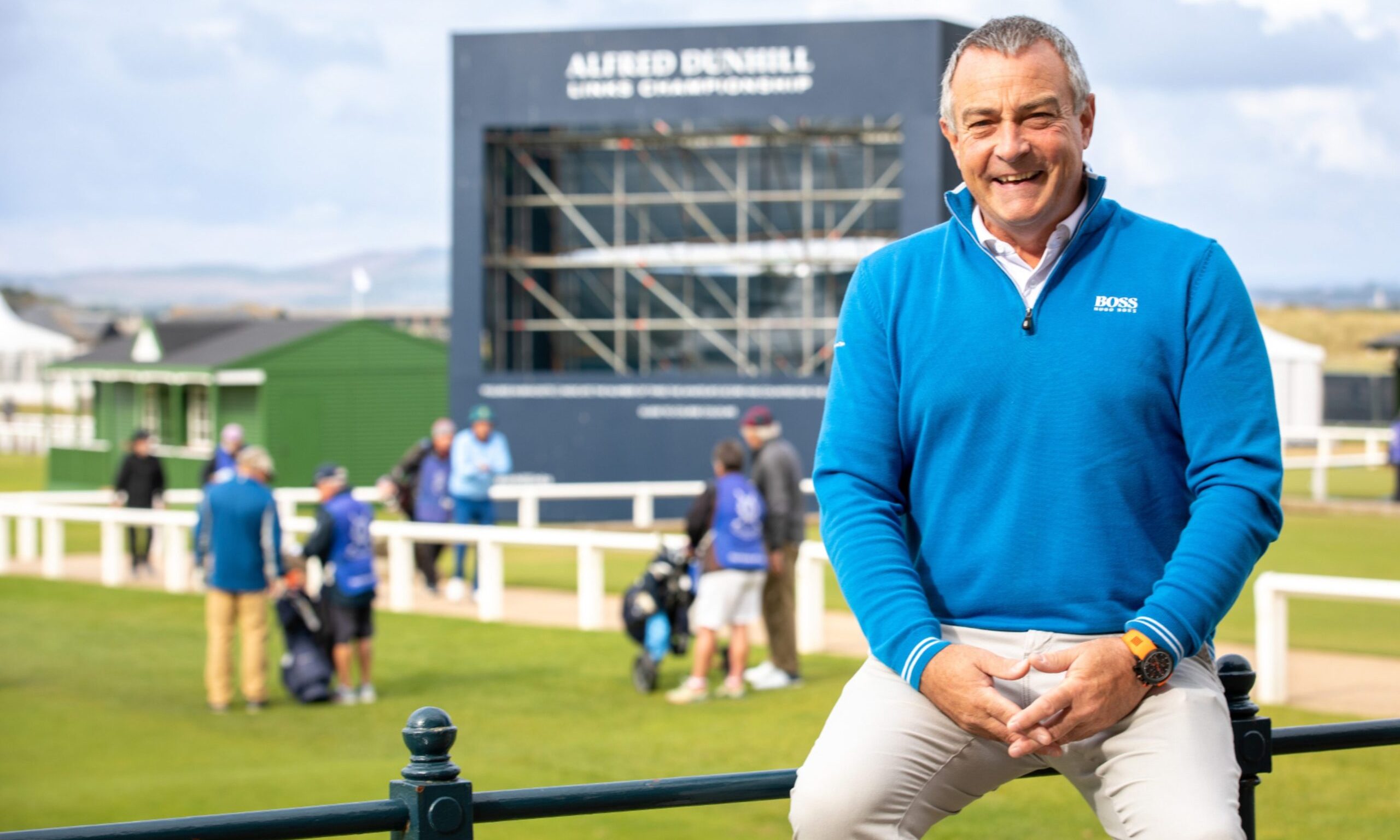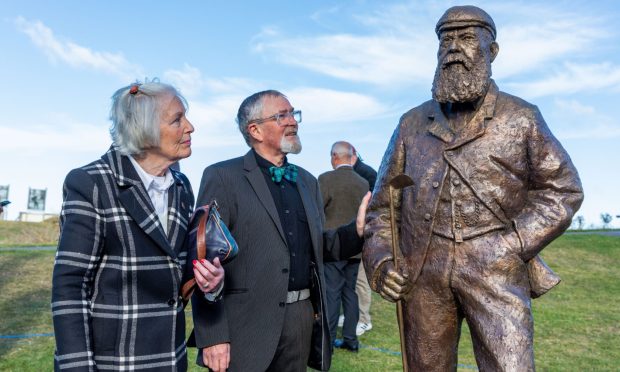Scottish Golf’s Performance Director Steve Paulding is leaving the organisation to take up a senior post with British Athletics.
The 54-year-old Welshman has been in post for seven years since joining the former Scottish Golf Union from British Cycling where he was one of Sir Dave Brailsford’s lieutenants.
Paulding brought the Brailsford philosophy of “small incremental gains” into Scottish Golf and while he latterly admitted the practices didn’t readily translate or repeat the huge successes from cycling, there’s no denying that performance improved in his tenure.
Scotland won back-to-back European Amateur team titles in 2015 and 2016, a record eight male Scottish players reached the top 100 of the World Amateur Golf Rankings last year, and three Scots played in the GB&I Walker Cup team last year – although none featured in the 2013 team, the first time that had happened in more than 60 years.
Other recent successes include seeing three Scots reach the Amateur Championship final in the last three years – Bradley Neil winning in 2014 – while Connor Syme and Craig Ross win the Australia and South African Amateur titles this year.
Improvements in the women’s game have been harder to come by, with Paulding having operated as performance director for the SLGA prior to the merger of the men’s and women’s governing bodies last year.
“I’ve enjoyed my time with Scottish Golf and we’ve achieved some great results that I’m very proud of,” said Paulding.
“Most people are only interested in those results, but the systems and processes needed to consistently identify and produce players who can compete on the world amateur stage has been my focus.
“There are now more PGA professional coaches working in and supporting the performance system at all levels and there is now a far more robust tracking and monitoring system in place for players.”
Paulding also pointed out the establishment of the warm-weather winter training camps in the UAE and South Africa, the closer ties with sportscotland’s Institute of Sport, and the partnership with Bounce Sport aimed at easing top amateur’s transition into the professional ranks.
“While there remain challenges ahead, I’m encouraged by the progress we have made in the female amateur ranks since we became an amalgamated body a year ago.”
Paulding was a sometimes controversial figure within Scottish golf with many initially sceptical of his background outside the game, but his role as an enabler has unquestionably but the processes and programmes which support and develop young talent on a much more professional level.
National Coach Ian Rae, Performance Development Manager Stuart Clayton and the former Ladies European Tour professional Clare Queen, Programme Co-ordinator, will take responsibility for the Performance programme following Paulding’s departure next month.
